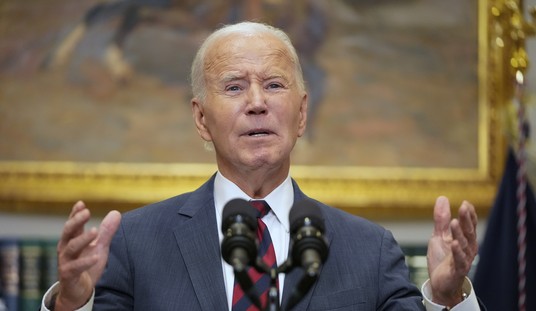U.S. politicians love to slap children’s faces onto their pet projects to manipulate voters, but such projects usually portend a full beating for the rising generation. Put simply, Americans have sold their kids into debt slavery, in a remarkable reversal of the American Dream.
Children will start seeing more effects of the welfare state very soon, and it will become even more obvious that Uncle Sam is a worse husband and father than the absent ones he pretends to replace. Take just one quiet tug-of-war between old and young: government pensions.
An honest accounting of unfunded state and local pension debt puts the nationwide total at $2 trillion, or approximately $4,000 per child—on top of the $53,000 in federal debt each citizen currently owes, and mounds more in state and municipal debt. This is money taxpayers have promised existing government workers, not any new ones that will benefit tomorrow’s kids. Taxpayers owe half this amount to K-12 staff: teachers, principals, and so forth.
States have for decades made wild assumptions about the investment returns pension systems would garner, hiding behind accounting gimmicks that are rightly illegal for the private sector. Local governments likewise have found it politically advantageous to over-compensate employees through benefit promises. Public school teachers, for example, earn wages roughly comparable to their private-sector counterparts, but their pension and health care benefits are one-and-a-half times as comfy, according to the American Enterprise Institute. This alone means many cities are on a path to follow Detroit into bankrupt destitution.
Recommended
Government pensions also penalize good teachers and reward mediocre and poor ones, largely because unions have rigged the system to benefit teachers rather than kids. Although teaching is not physically taxing, most pensions make it financially attractive for school employees to retire after 30 to 35 years—or between ages of 52 and 57. That’s often on two-thirds of their highest salary, mind you, for one-third of their lives. This makes it worth every teacher’s while to stay teaching until they can cash in, even if they’re burnt out, not particularly suited for the job, or would rather try something new. It gives good teachers an incentive to leave classrooms 10 to 15 years before most other people retire. And it deters bright young people from teaching, because most will change jobs and careers frequently, and leaving a certain school system within a few years requires kissing pension wealth goodbye.
State lawmakers already face a choice between the well-heeled, high-voting old and the financially insecure, politically homeless young. The biggest items in state budgets are typically education, health care, and pensions, and the latter two heavily subsidize the elderly. As states devote more and more money to entitlement programs that largely benefit older people, they have to raise taxes on younger, working people, cut education spending for the youngest, or both. Any new entitlement programs, such as Obamacare or the national preschool program President Obama wants, further exacerbate this tension. These, and other better-publicized realities including Social Security and Medicare (where retirees get not their own money but what current young folk are forced to contribute), escalate the nation’s spiraling financial and structural instability. The result is tightening economic entrapment for young people.
A main tenet of the American Dream is leaving the world a better place for the next generation through hard work and self-government. There are still opportunities to reclaim it: ending government pensions as we know them in favor of flexible, 401(k)-style accounts; rapidly expanding private school choice, which educates children far better at typically less than half of government school spending; and so forth. But the window is closing fast.
Joy Pullmann is managing editor of School Reform News and an education research fellow at The Heartland Institute.

























Join the conversation as a VIP Member